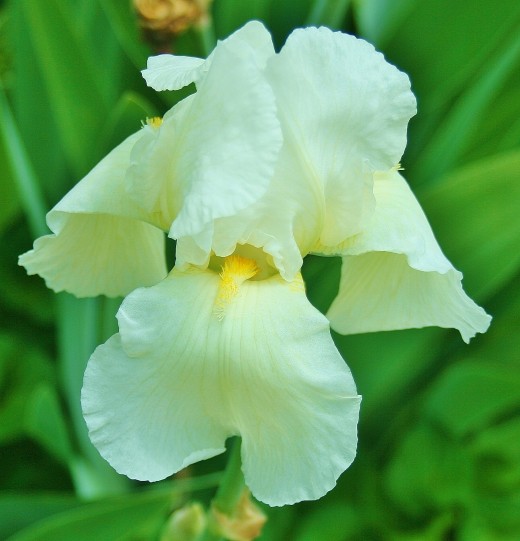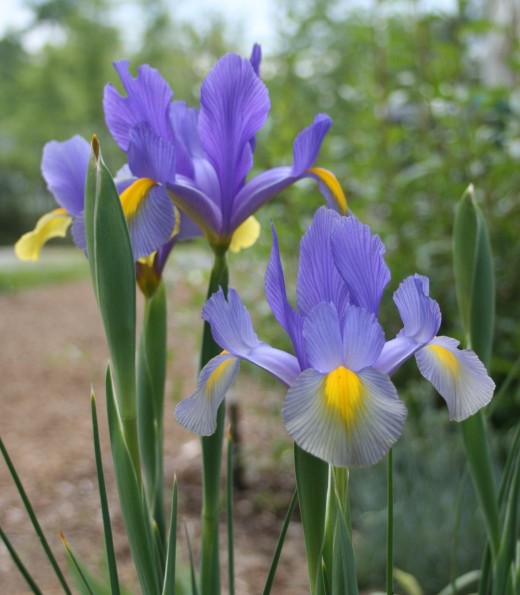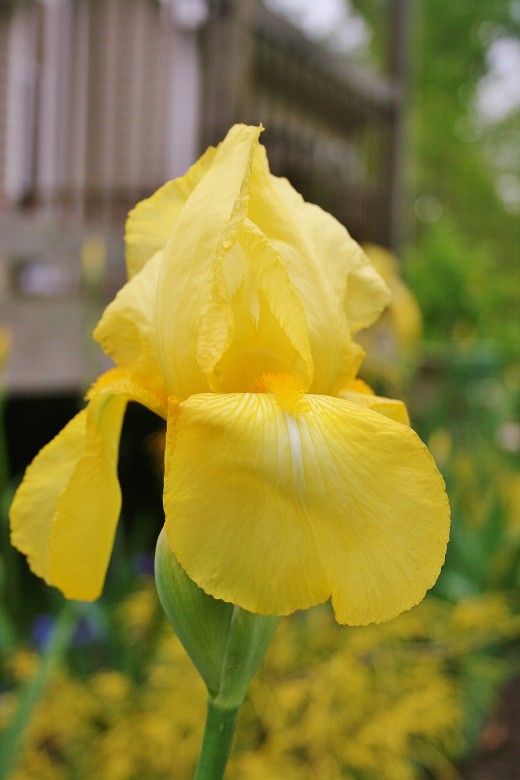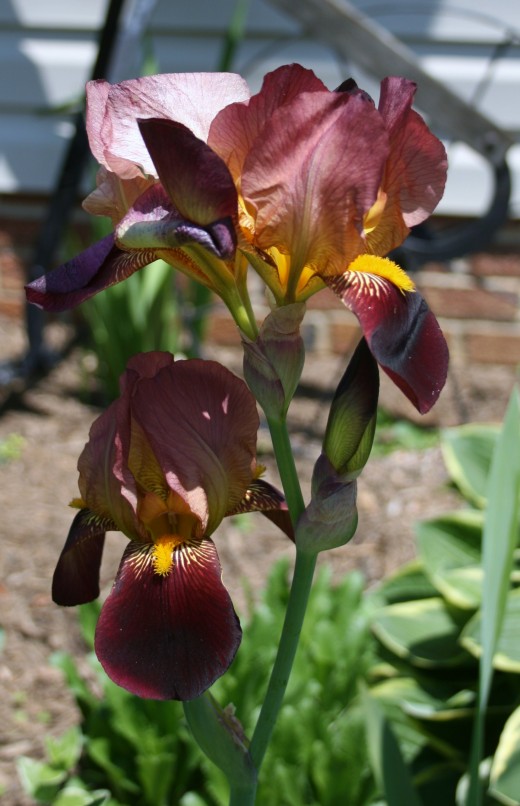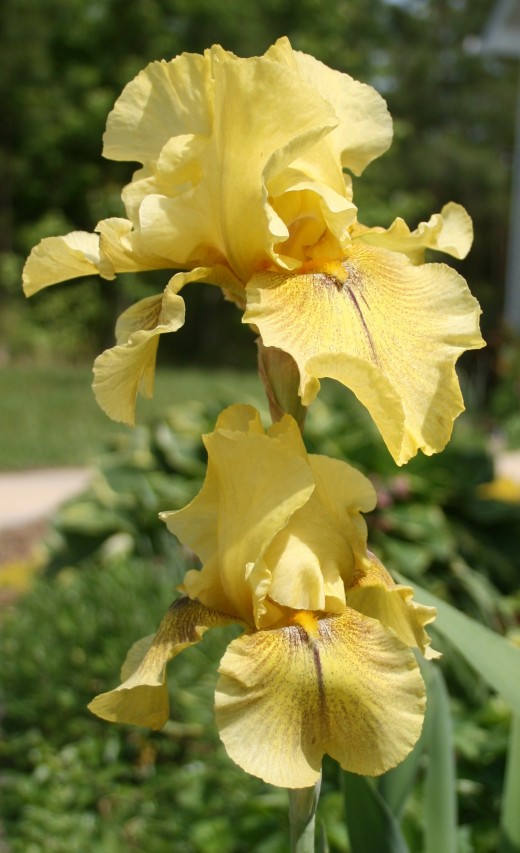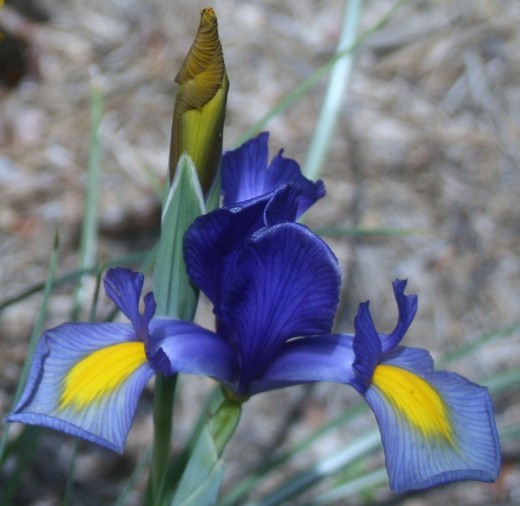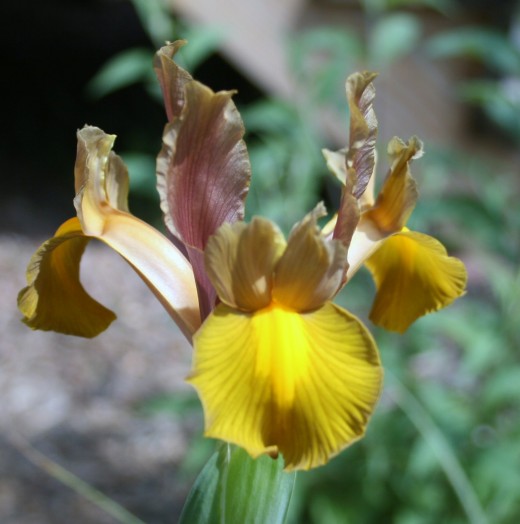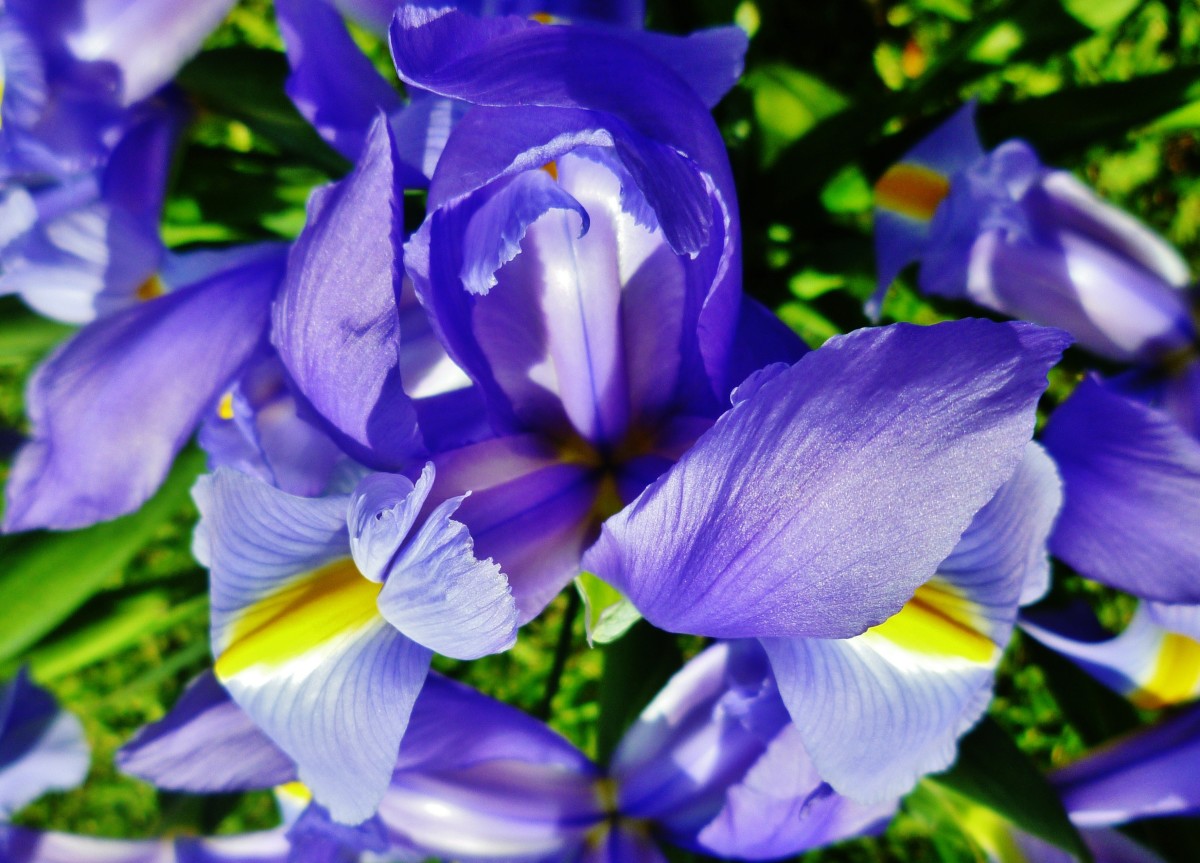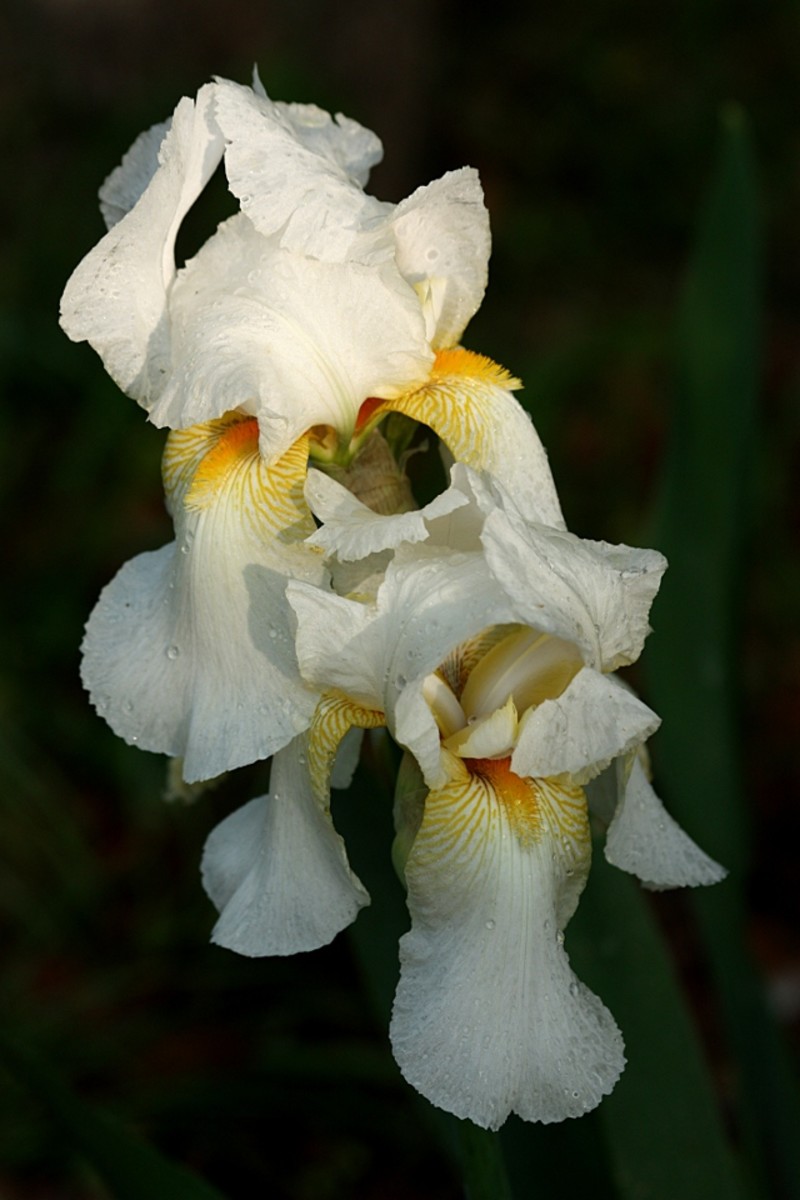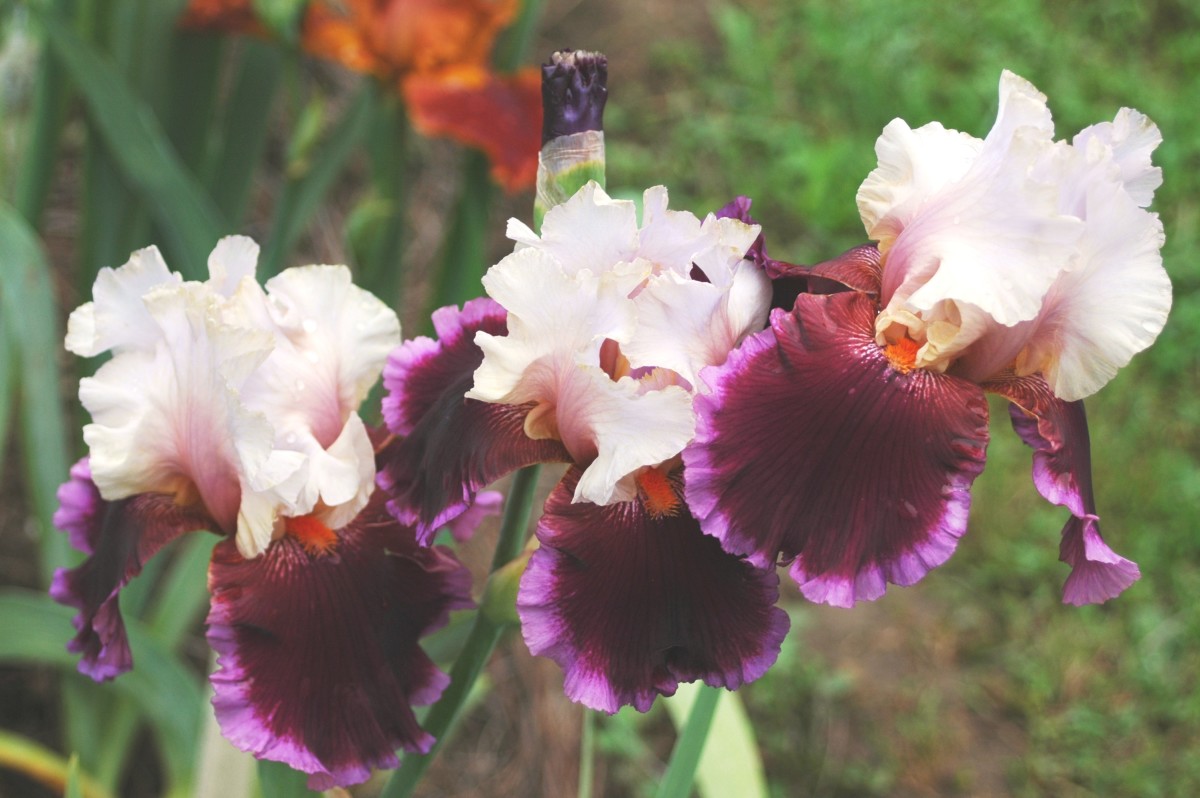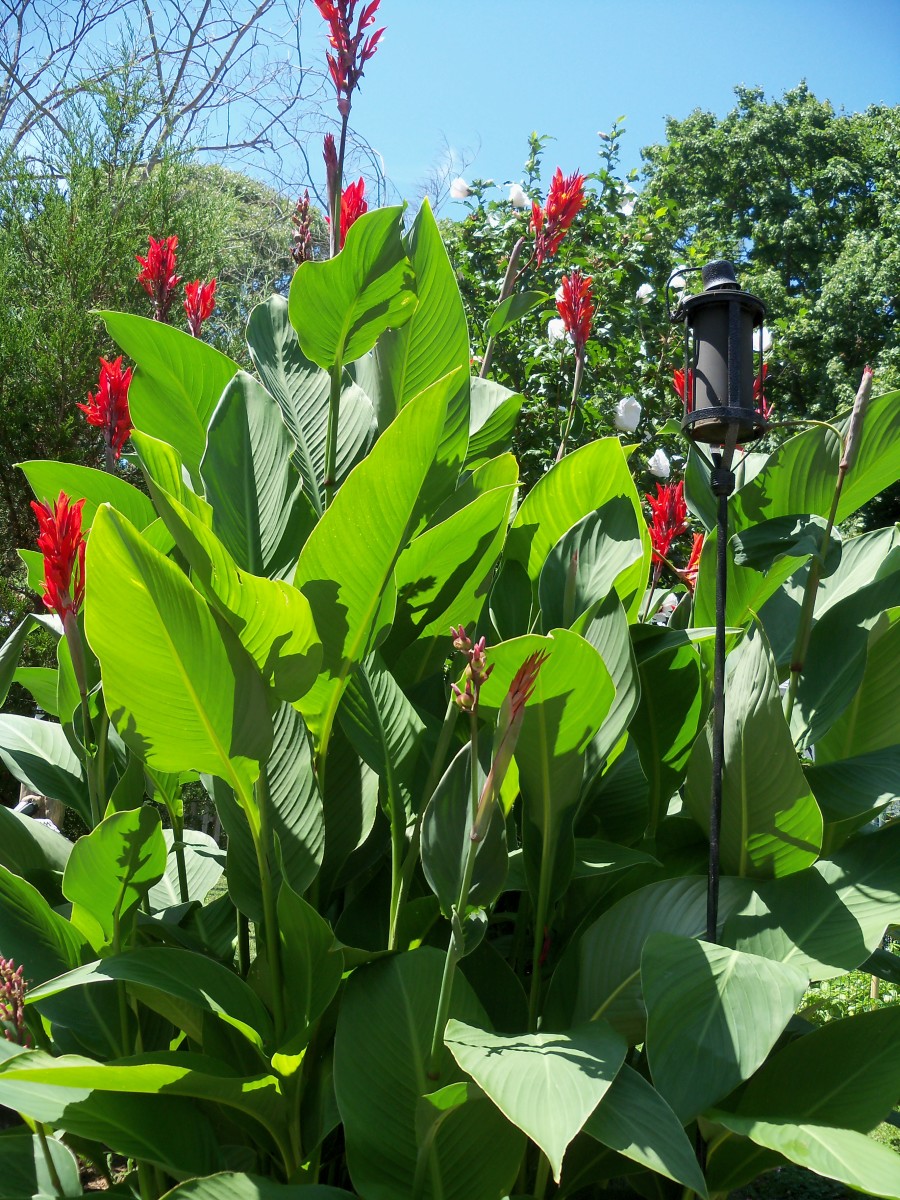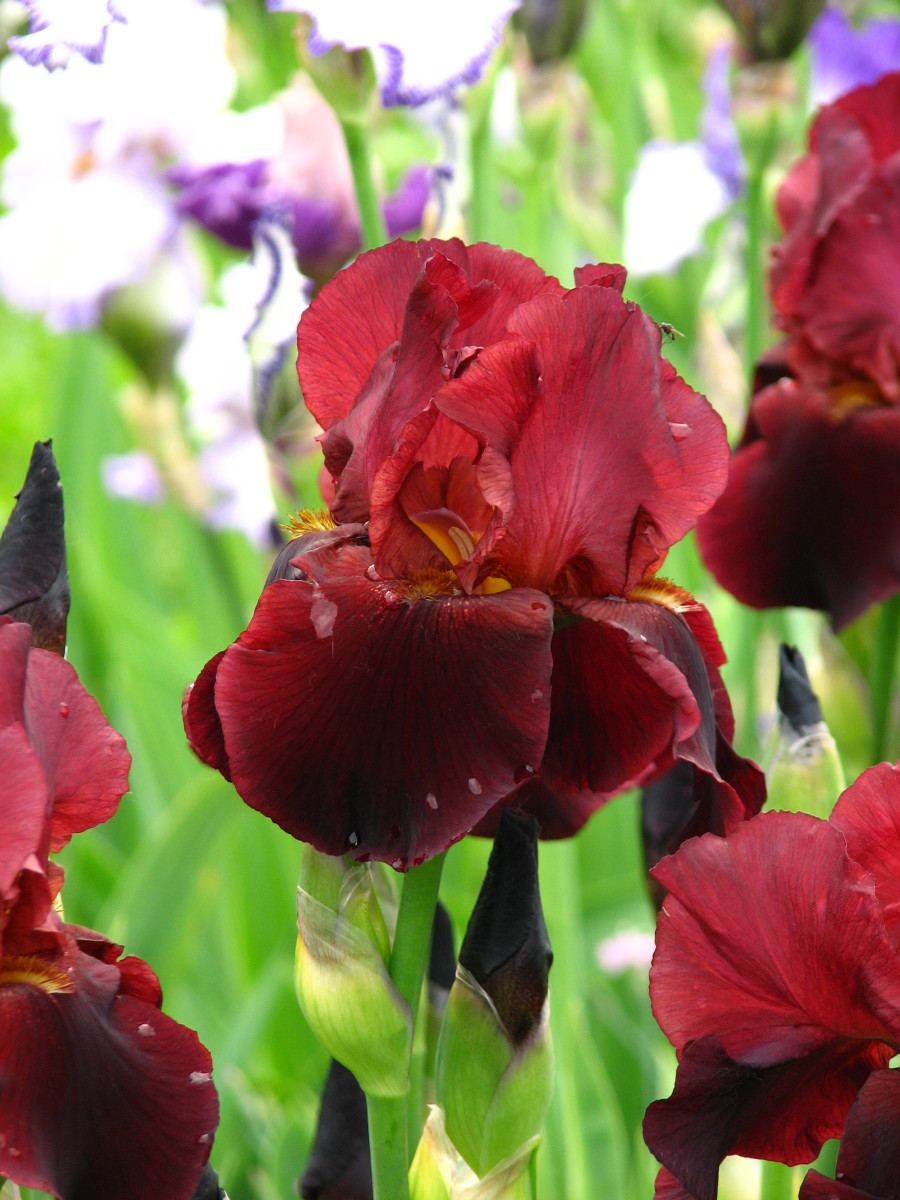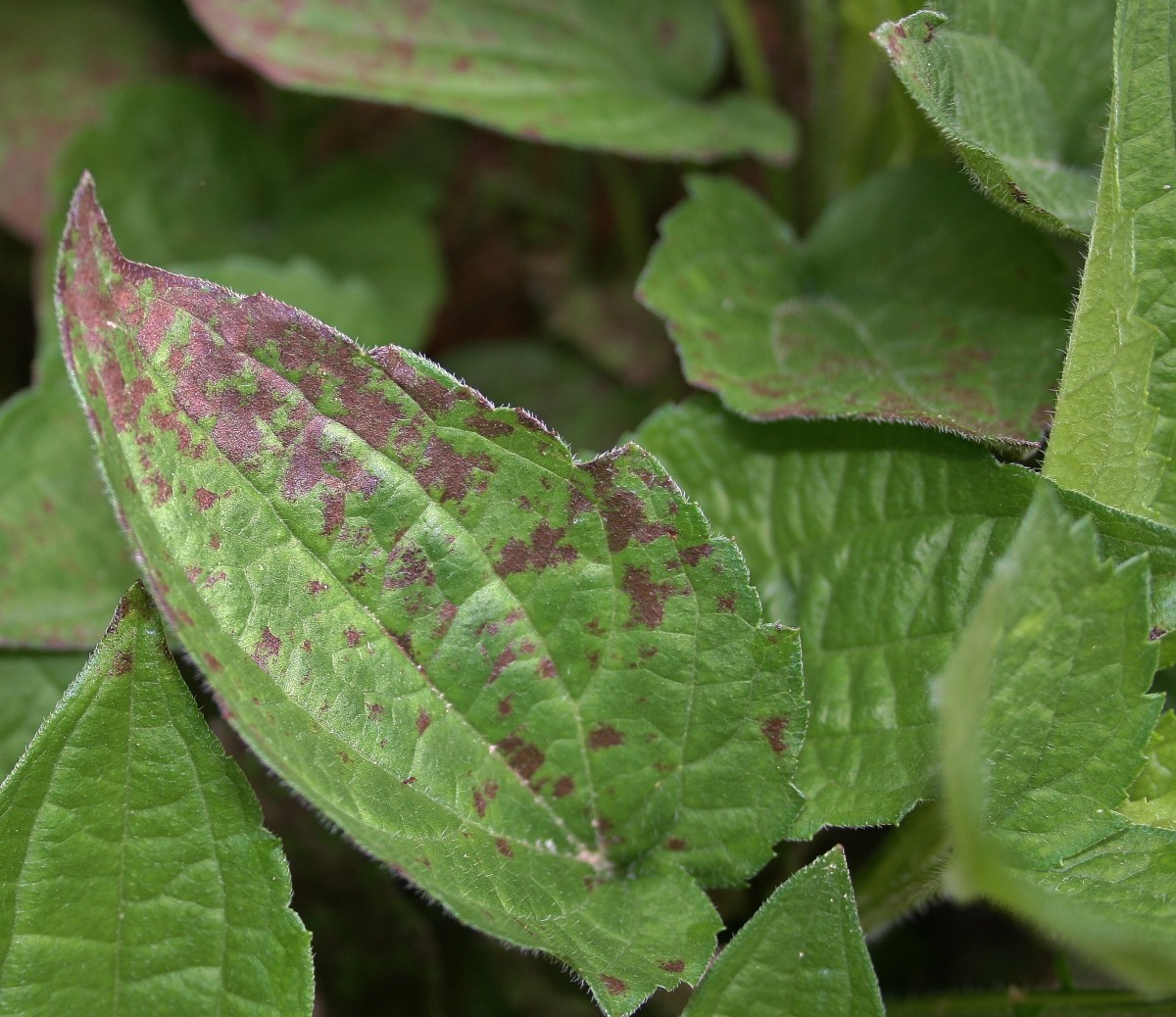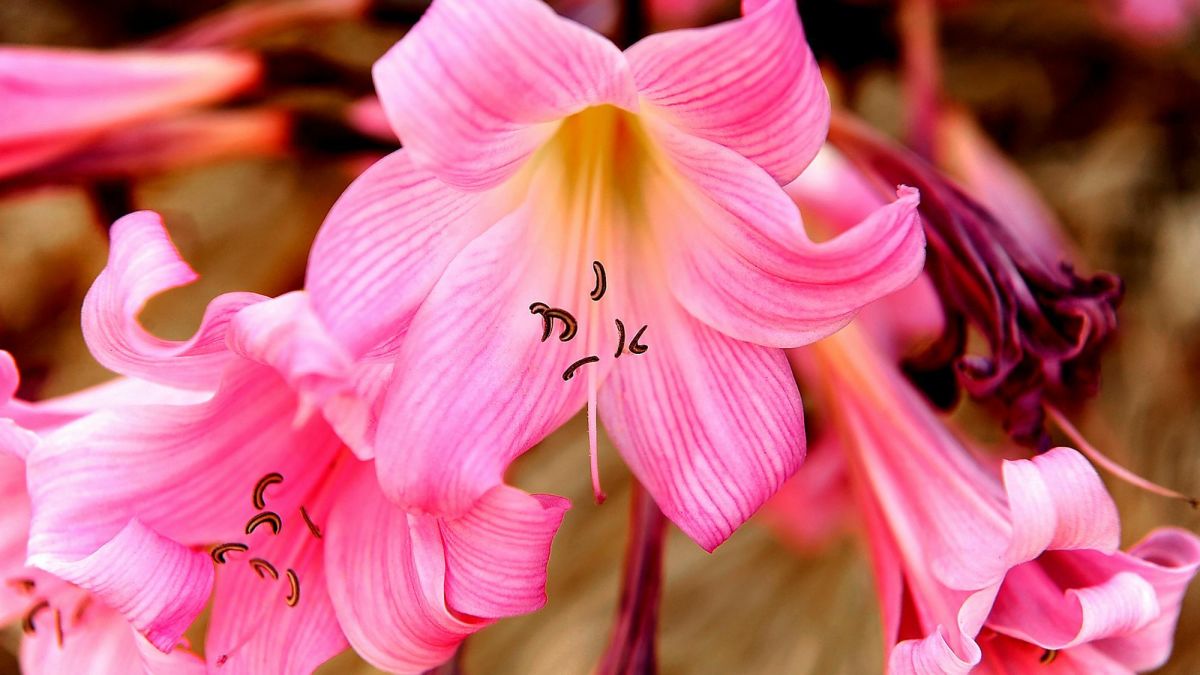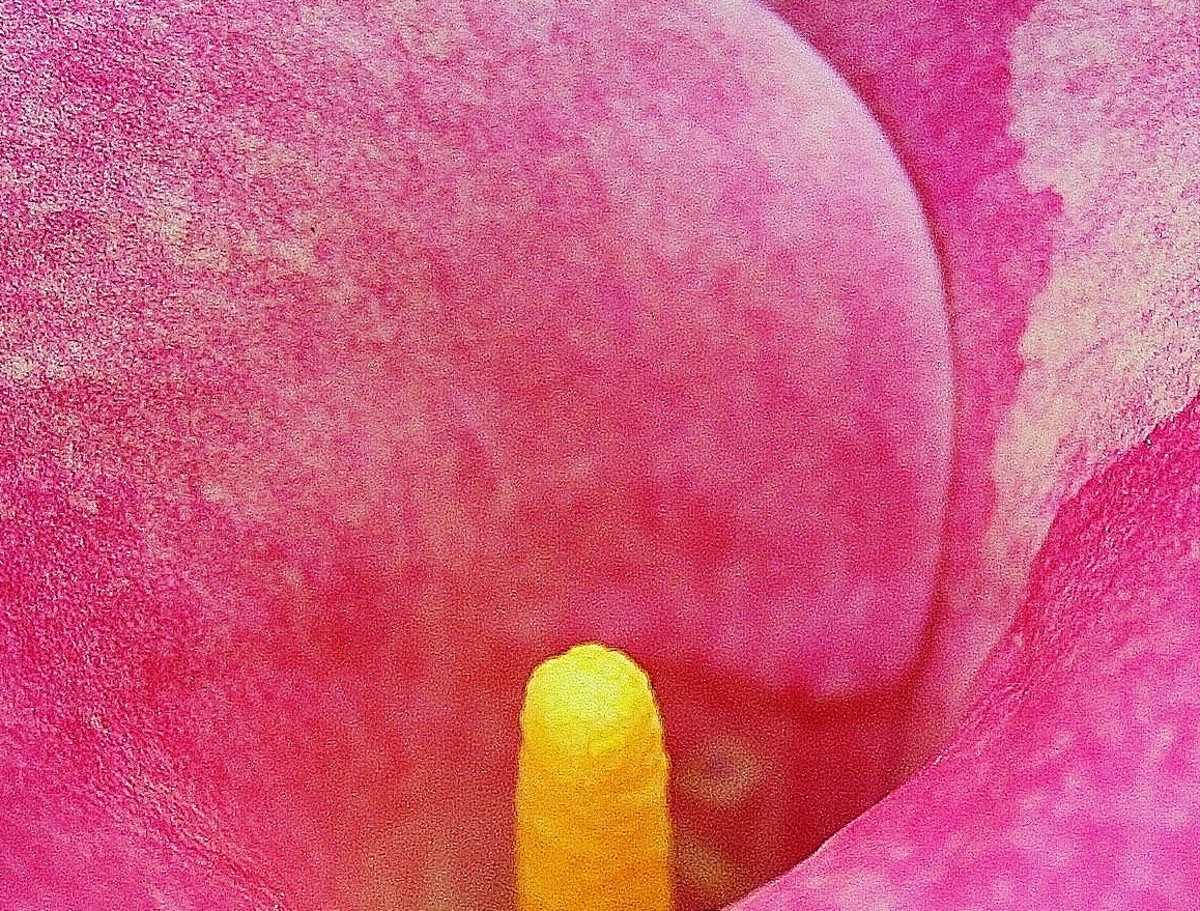How to Divide Irises


DIVIDE IRISES IN THE FALL
Bearded and beardless irises are particularly easy to divide and grow. If you have irises, why not try your hand at dividing, replanting and sharing these delightful flowers with your friends, family and neighbors.
Friendship and sharing--what a great way to make your garden grow!
"Don't thank a gardener when she gives you a plant. If you do, it'll never grow." That's what the old women where I grew up always said.
But if you give irises to your friends, they'll be hard pressed not to say, "Thank you!" with a great big smile. And who knows? They might just present you with a few of their own plants in return.
Bearded Irises
Click thumbnail to view full-size


BEARDED IRISES
Bearded irises produce gorgeous orchid-like blossoms that look difficult to cultivate. But they're really quite simple to grow. If you live in hardiness zones 3-9, raising and sharing bearded irises is easy.
How to Divide Bearded Irises
In the fall, after the blooms have died, dig up your bearded irises, trim off their blade-like leaves, rinse off their bulb-like rhizomes and cut them apart, removing the old growth.

How to Plant Beardless Irises
Set the trimmed rhizomes in the sun for a day or two, allowing them to dry. Then plant them shallowly about a foot apart, making sure that you choose sunny locations. And don't forget to give a few to your friends, family and neighbors!
Bearded irises should be divided every three to four years, but you can divide them more frequently if you like.
Years ago, my mother gave me a small paper bag filled with tall bearded iris rhizomes from her garden. By dividing them each year, I now have masses of them in different locations throughout our yard--and they're gorgeous. Some are yellow, some are purple and some are a mix of colors.
Following Mom's example, I'm always sure to give at least a few bagfuls away to friends each fall. Division doesn't harm bearded irises at all. In fact, it makes them bloom bigger and more beautifully than before. So does fertilizing them with bulb fertilizer in the early spring when they experience the most growth.
Gardener Ken Druse divides bearded irises.



BEARDLESS IRISES
Beardless irises, such as the Louisiana, Siberian, Spuria and Japanese varieties, are almost as easy to divide and share as the bearded ones. As with bearded irises, fall is the best time.
How to Divide Beardless Irises
After digging them up, slice the rhizomes into divisions with a large kitchen knife or pruning saw. Individual beardless iris rhizomes are small, but make your clumps generous in size, approximately four inches in diameter.
Cut the leaves and roots to about the length of your hand. Don't dry the rhizomes before planting. If giving them to friends, wrap them in wet paper towels and place them in a plastic bag with directions to plant asap--before they dry out. You can also refrigerate them.
How to Plant Beardless Irises
Like bearded irises, the Louisiana, Spuria and Siberian beardless varieties are planted shallowly, about an inch deep so that soil just covers their small rhizomes. Because Japanese irises develop new growth on top of the old, plant them a little deeper.
Beardless irises bloom best in rich, loamy beds that get full sun. Spuria rhizomes are best planted 3 feet apart, Japanese 2 feet apart, Siberian 1 1/2 to 2 feet apart and Louisiana 1 foot apart.
After planting, water them well and keep them moist until they're established. When new growth begins, every type but the Spuria will appreciate a two to three-inch application of mulch.
Siberian and Japanese irises prefer consistently moist, acidic soil. Spuria irises, on the other hand, are drought tolerant. They prefer dry soil in July and August when they're dormant.
Like bearded irises, beardless varieties grow best when they're divided every few years, making them great plant to share with friends.

